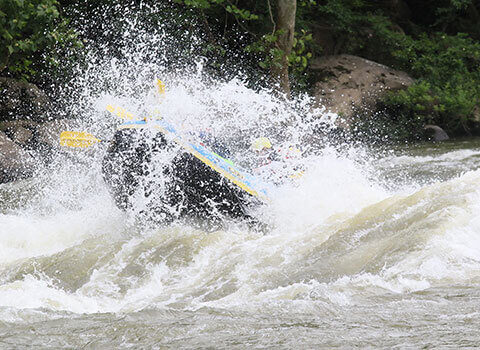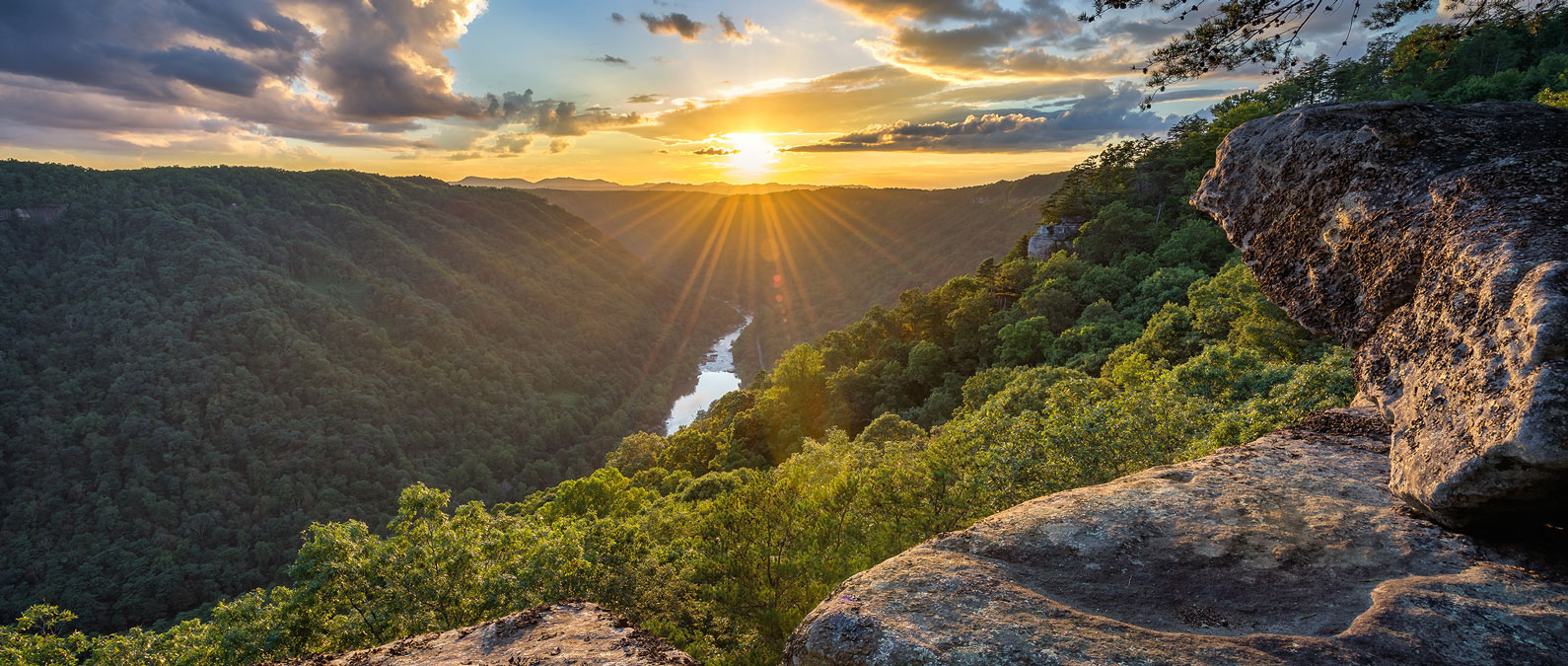

Articles
Categories:
How Long Does It Take to Raft the Gauley River?
Affectionately called the “beast of the east,” the Gauley River offers some of the most technical white water rafting in West Virginia. But the 24-mile-long river can’t be defined so easily. With two distinct sections and seasons, the Gauley offers both wild, adrenaline-fueled adventures or more leisurely floats through a scenic canyon. The time it takes to complete… Read more »
How Many Class 5 Rapids Are on the Gauley River?
Attracting tens of thousands of outdoor adventurers annually, the Gauley River features some of the best whitewater rapids in the United States. Located in south-central West Virginia, the Gauley River stretches 105 miles long, but the main whitewater runs are in the 25-mile portion of the Gauley River National Recreation Area. In this 25-mile section, the river… Read more »
When Can You Raft the Upper Gauley River?
Gauley River National Recreation Area draws many visitors who want an exciting rafting adventure. For those who want to test their skills, the Upper Gauley River is a challenging whitewater rafting experience. When is a good time for rafting Gauley River? If you’re planning a trip to the area, keep the following in mind. RAFTING SKILLS The… Read more »
Girls Gone Wild: Gauley River Style
As promised, this is the follow up to the last post announcing my return to the Gauley River in West Virginia. Suffice it to say that my girl’s rafting trip was a huge success! We had an absolute BLAST and the river was even more fun than I remembered. From start to finish the staff… Read more »
Ready, Set, Go To The Gauley! 5 Need-To-Know Planning Tips
It’s hard to believe that Gauley Season will be here in a few short weeks! Like you, all the whitewater rafting outfitters are giddy with anticipation for what some say is “the happiest time of the year”. Gauley Season in West Virginia means six weeks of action-packed rafting excitement, lending credence to our well-deserved moniker,… Read more »
Gauley River: Food for the Soul
I got the call on a Thursday evening following a cursory text message to check my availability to chat, of course. My oldest, dearest friend wanted to know if I wanted to hit the Gauley River (again) this fall. Let me back up to say that our last Gauley trip was for my bachelorette party… Read more »
Camping Foods
Nothing like an exhilarating day spent outdoors rafting, hiking, swimming, fishing, right? But once you’re done blasting down the river or zip lining through the treetops, chances are that you might have worked up a bit of an appetite. One of our favorite things about a weekend spent outdoors is the yummy foods that you can make fireside… Read more »
Winter Fun in the New River Gorge
Ahh, winter. While we do love the unmatchable beauty of snow-tipped mountains and serene but icy rivers, we can’t help but to miss those long summer days on the water. Having said that, if you’re looking for your next winter vacation, the New River Gorge has more than just whitewater rafting available, so it’s definitely… Read more »
Why Zip Line?
“Why not?” would be the better question! But in case you have any doubts, there are plenty of reasons to find a way to sneak a trip down the zipline while you’re on your outdoor getaway. Below we’ve put together a list of our top reasons why you should spend some time flying through the treetops… Read more »




